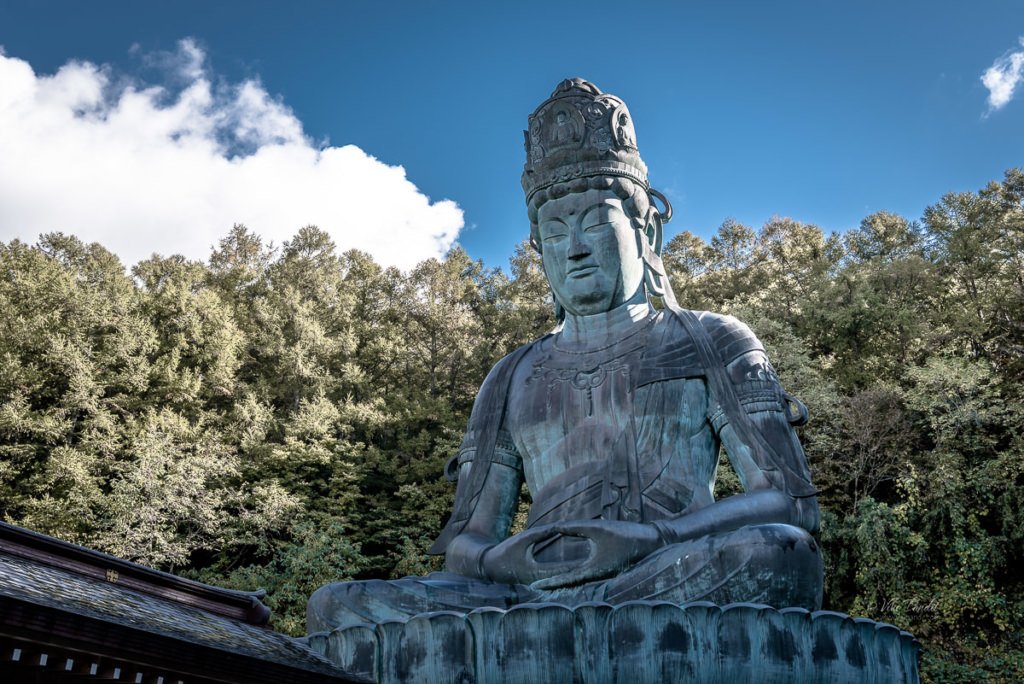Today we head to the suburbs of Aomori to explore a very recently built temple grounds that boasts of Showa Daibutsu, the largest seated Buddha in all of Japan.
Aomori
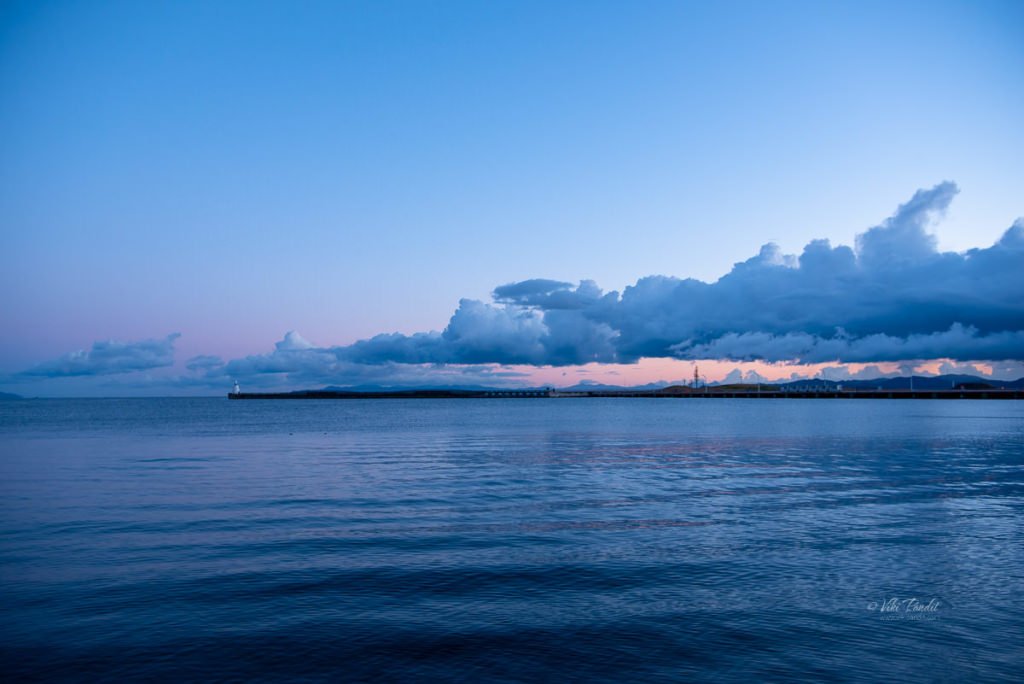
Aomori Bay
Aomori is mainly known for producing apples, and inevitably, the area offers all kinds of apple-based culinary delights: warm apple juice, apple mousse and apple pies to name just a few. But I love the refurbished port area, which now offers the opportunity for beautiful walks by the water.

Nebuta Museum WA RASSE
The Nebuta Museum WA-RASSE is a facility that introduces the history and charms of the Aomori Nebuta Festival. At the museum you can experience every aspect of the festival. On display are 4 full-sized floats that participated in the festival in August, and Nebuta Faces that show the individuality of their respective creators

Warrior dolls of Aomori Nebuta Museum
The Nebuta summer festival is a spectacular event held in Aomori Prefecture of Japan, where massive paper lantern floats based on kabuki or mythical stories, flanked by large taiko drums, musicians and dancers parade through the city. For those like me who missed the festival, the floats are kept back at the Museum to enjoy throughout the year.

An evening at Hirosaki Castle
We dropped by Hirosaki Castle today, the only remaining castle from the Edo period in the Tohoku area of Japan. Built in 1611, the castle is renowned for the weeping Sakura blossoms in its surrounding park.
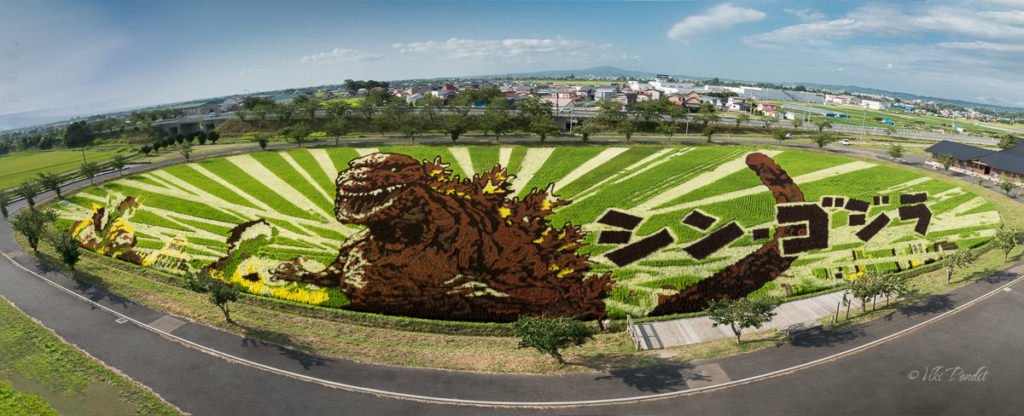
Inakadate Tanbo Art
We took the train to Inakadate to witness the Tambo Art. Tambo Art is an art form originating in Japan where people plant rice of various types and colors to create a giant picture in a paddy field. The massive pictures are elaborately designed using perspective drawing methods to make them look their best when seen from a nearby observation platform.
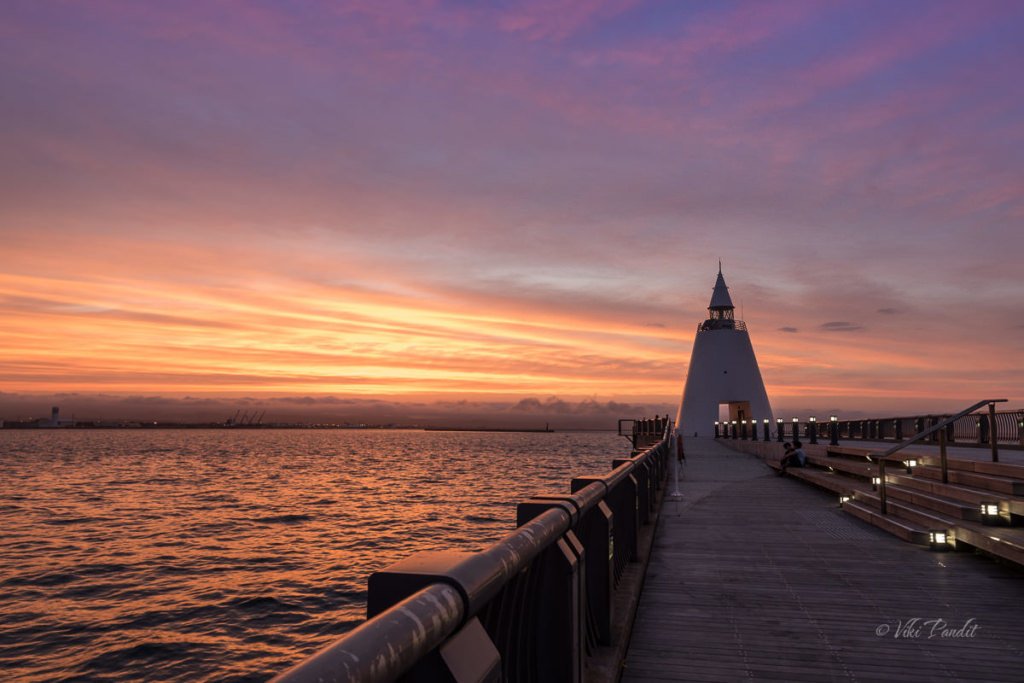
A magical sunset in Aomori
We went for a stroll along the Aomori bay at dusk. As the sun gradually sunk into the Japan Sea, we were treated to a magical sunset. There is nothing more enchanting or enticing as Mother Nature. So just stop whatever you are doing. Leave the desk, couch or whatever and go out, and witness the golden moments that are passing you by.
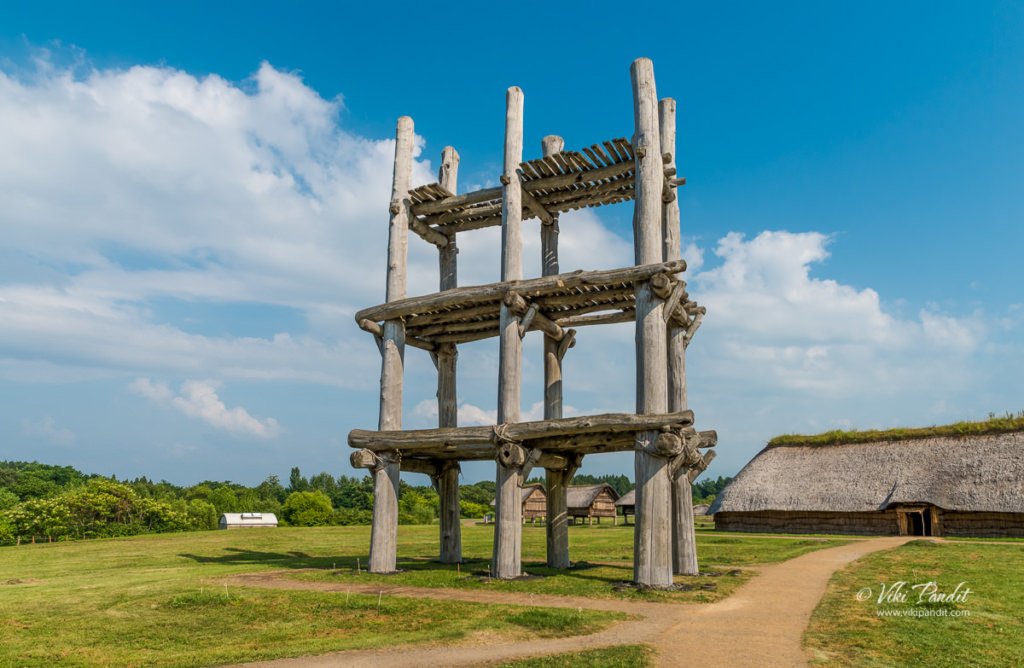
Ruins of Sannai-Maruyama
We step back in time to the Jōmon period at the Sannai-Maruyama Ruins. The ruins in the southwest of Aomori is the largest ruins of a Jōmon-period village in Japan. Most of the excavated items have been reburied for preservation, but a few excavation sites and artifacts are on display along with reconstructed dwellings, giving us a sense of the daily life of ancient times.
